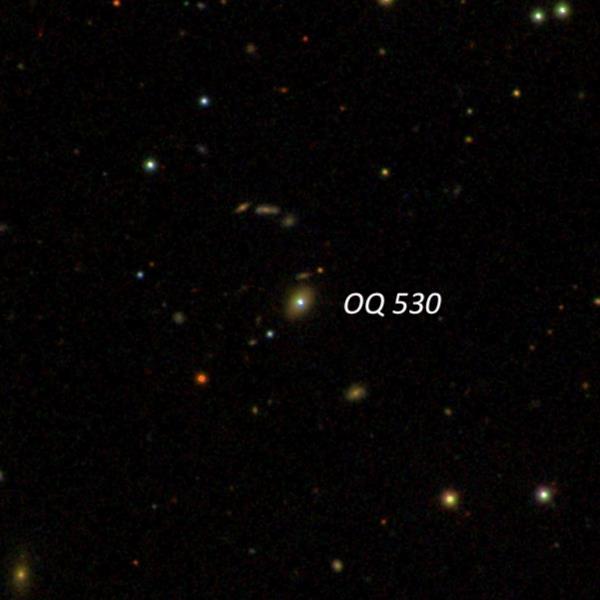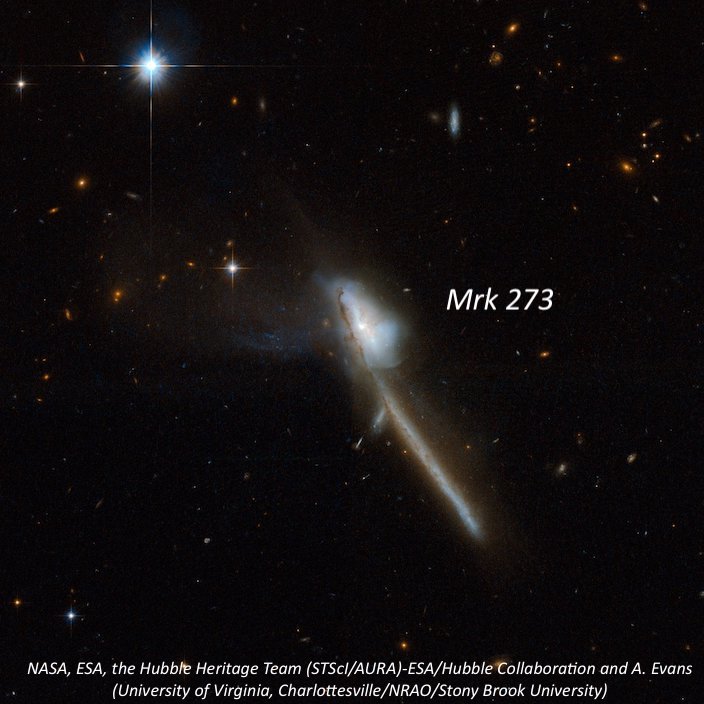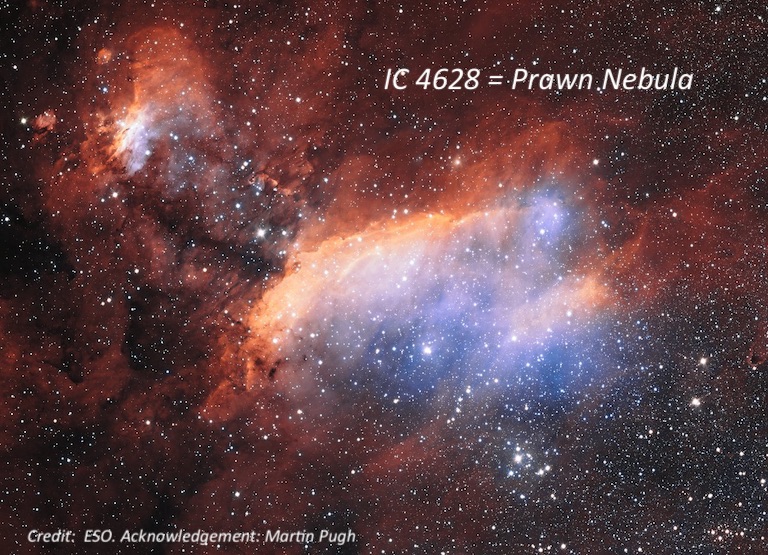On Saturday night, June 12th, I headed south to Willow Springs (Kevin Ritschel’s Deep Sky Ranch) immediately after the end of my last full school year teaching at Albany High School!!
The observing conditions were easily the best we’ve had in central California in awhile -- warm, dry, good seeing and SQM readings around 21.7. In attendance were Mark Wagner, Richard Navarette, Rashad Al-Mansour and myself. Between the five of us, our scopes included four 18-inch dobs, a 130mm APO, and Dobzilla, the 33.4-inch resident of the ranch. I logged a total of 27 objects including the following lesser known ones:
Name:
Alias: PG 1418+546
RA: 14 19 46.6
Dec: +54 23 15
OQ 530 (yes, that’s the main catalogue designation) is an optically variable blazar in Bootes. The letter O refer to a radio source survey conducted at Ohio State and “Q” refers to the right ascension band of 14 hrs. In 1978, H. Richard Miller of George State University discovered the radio source was a violently variable BL Lacertae Object. This distant galaxy (1.9 billion light years) hosts an actively feeding black hole at its heart with a jet pointed right in our direction! Long-term optical observations from 1979 to 1989 found V magnitudes ranging from 14.8 to 16.2. Short-term optical variations of 0.12 magnitude per hour have been recorded.
At 175x, I identified it as a dim “star” but it was better seen at 300x as a faint mag 15.5 “star” (my rough estimate) that was visible without much effort. You won’t find this object listed in any of the standard galaxy catalogue.

Name:
Alias: UGC 8696
RA: 13 44 42.2
Dec: +55 53 13
Size: 1.1’ × 0.3’
Mag: 14.6V
Markarian (Mrk) 273 is an active Seyfert galaxy that contains two nuclei with a single, spectacular tidal tail and a ‘ring’ of star formation. Much of the activity in the system is associated with the northern nucleus, where there is a considerable amount of young star formation. Edwin Hubble first photographed Mrk 273 on a plate taken between 1914-1916 with the 24-inch Yerkes reflector while working on his 1917 PhD thesis “Photographic Investigations of Faint Nebulae”
I easily picked up Mrk 273 at 175x. At 260x it appeared faint, small, elongated 5:2 N-S, 0.6 × 0.25’. A mag 12 star lies 1.5’ N of center. A mag 6.5 star located 4.3’ made viewing difficult unless it was placed outside the field. The galaxies forms a pair with MCG +09-23-002 just 3.3’ SW.

I spent some time on the NGC 6231 area, sometimes referred to as the naked-eye “False Comet”, located between Zeta and Mu Sco, in the southern section of Scorpius. Cr 316 refers to the entire, large scattered field of stars (105’) immediately north of NGC 6231 and includes Tr 24 (60’) and the emission nebula IC 4628 within the NE quadrant. Several small groups of stars within have separate catalogue designations including vdBH 205, vdBH 211,
Name:
Alias: Harvard 12
RA: 16 57 00
Dec: -40 40
Size: 60’
At 108x, Tr 24 is a bright, very large scattered group that overfills the 56’ field. A number of the stars appeared to be grouped into long chains with smaller knots and concentrations including

Name:
RA: 16 55 08
Dec: -40 56 48
Size: 3’
Name:
RA: 16 56 11
Dec: -40 40 06
Size: 4’
vdBH 205 consists of 20 stars mag 7.5 to 13.5 in a distinctive 4’ group. The brightest star is on the NW side. The center and south side of the group is devoid of stars. This group is 10’ NNW of the mag 6.1-6.4 variable star V861 Sco. A smaller clump of stars 7’ S of vdBH 205 is catalogued as ESO 332-011. Another string of stars 7’ NE is listed as ESO 332-013.
Name:
Alias: Prawn Nebula
RA: 16 57 00
Dec: -40 20
Size: 90’ × 60’
IC 4628 is a large, HII region embedded on the northern half of Tr 24 and sometimes called the “Prawn Nebula”. Using 108x with an UHC filter, IC 4628 stood out as a very large, fairly bright glow within Tr 24. The main body was elongated E-W, roughly 30’ × 12’ with mag 7.2 HD 152723 just off the south side. A number of mag 8-10 stars are embedded along the SW and W end of the nebulosity. The northern side has a fairly well-defined edge and a number of mag 8-10 stars are embedded along the SW and W end of the nebulosity. A fainter extension begins on the E end and extends NE for ~15’, ending in a brighter HII patch (G345.31+01.47) peppered with several stars and involving the infrared cluster [DBS2003] 114.
